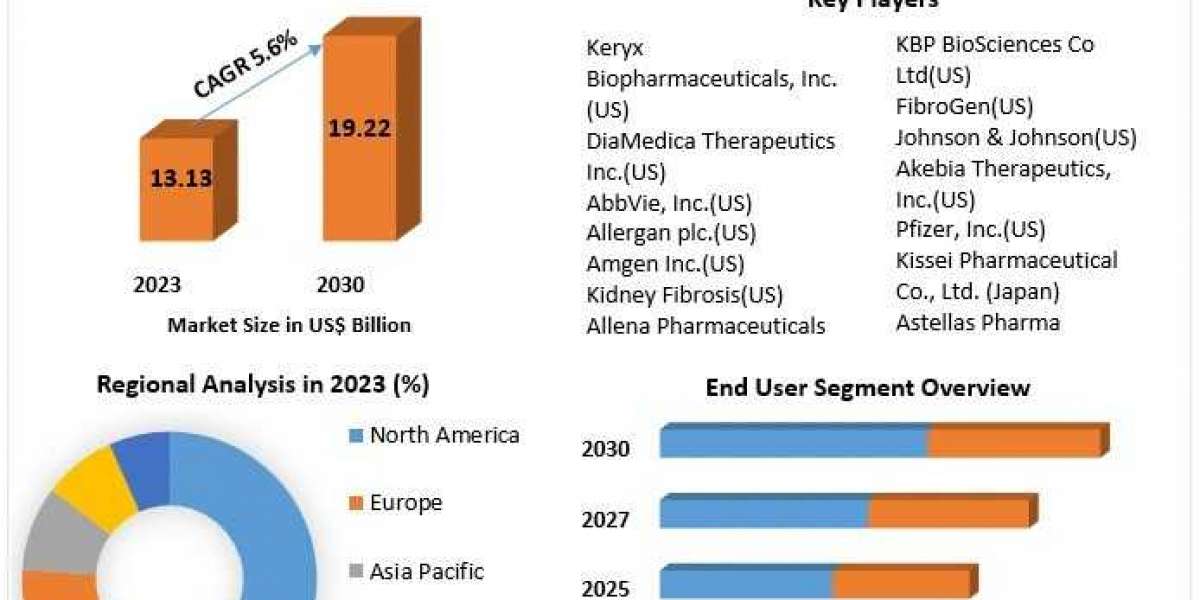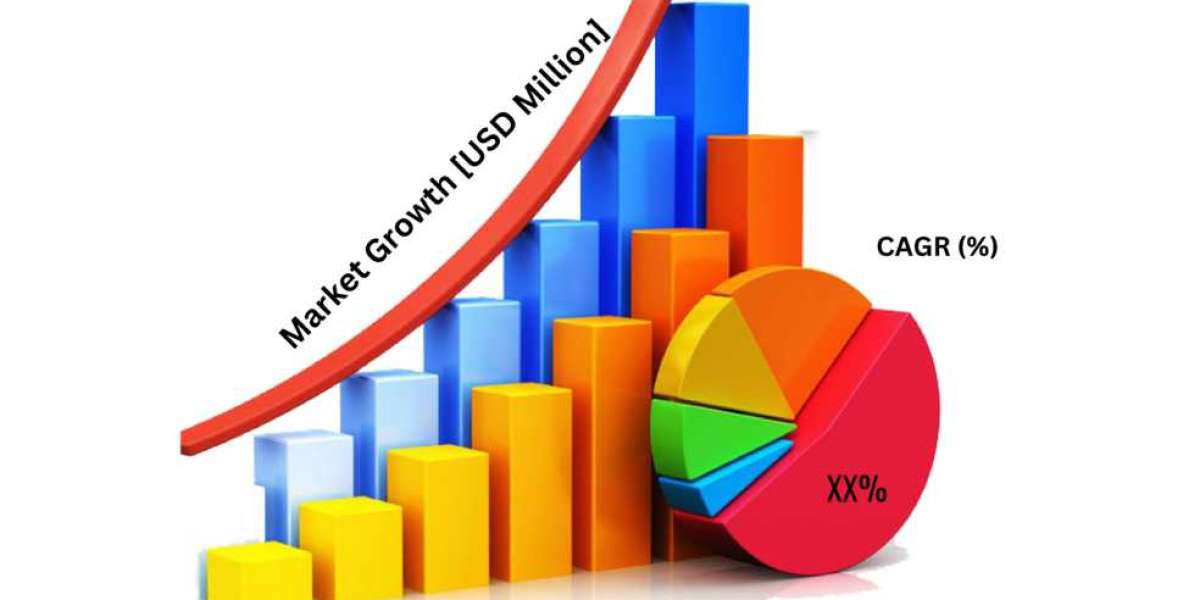The burgeoning market for Body Composition Analyzers (BCAs) is experiencing a significant surge, driven by a global paradigm shift towards preventive healthcare, personalized fitness, and a deeper understanding of health risks beyond just weight. Advanced technologies, particularly Artificial Intelligence (AI) and 3D imaging, are redefining accuracy and accessibility in this crucial segment of medical technology.
Explosive Market Growth Projected:
The global Body Composition Analyzers market, valued at approximately USD 1.43 billion in 2024, is on a remarkable growth trajectory. Projections indicate it could reach an astounding USD 29.22 billion by 2033, demonstrating a staggering Compound Annual Growth Rate (CAGR) of nearly 40%. This exponential growth is fueled by increasing health consciousness, the rising prevalence of obesity and related chronic diseases, and a growing emphasis on precision health data in clinical and fitness settings. India's market for BCAs is also poised for rapid expansion, with a projected CAGR of 17.30% during 2024 to 2032.
AI and 3D Imaging: The New Frontier of Accuracy:
The most significant innovation in BCAs is the integration of Artificial Intelligence and advanced 3D imaging.
- Deep Learning and 3D Morphology: Recent studies, including one from the Pennington Biomedical Research Center in February 2025, are revolutionizing body composition analysis using advanced 3D imaging and deep learning techniques. This approach provides more accurate assessments of body fat and muscle distribution, surpassing the accuracy of previous linear models. It allows for the creation of detailed digital maps of a person's body shape, generating precise estimates of body composition and associated health risks.
- CT and MRI Integration: AI-based analysis of Computed Tomography (CT) and Magnetic Resonance Imaging (MRI) scans is proving highly effective in predicting conditions like diabetes and assessing cardiometabolic health. AI tools can automatically differentiate and measure volumes of various body segments, including visceral fat, subcutaneous fat, and skeletal muscle, offering highly detailed insights.
- Smartphone-Based Scanning: AI-powered body scan fitness apps are emerging, allowing users to capture detailed 3D body scans using just a smartphone camera. This technology democratizes access to body composition analysis, making it easier for individuals to track progress and personalize fitness plans.
Real-Time Tracking and Personalized Interventions:
Companies are focusing on solutions that provide real-time monitoring and integrate body composition data directly into clinical treatment plans. Seca, a global medical measurement company, introduced its "Treatment Tracker" software in March 2025. This platform integrates body composition measurements with clinical treatment plans, enabling healthcare providers to monitor physiological changes—such as fat mass and muscle mass—in response to interventions, allowing for more timely adjustments to treatments, particularly for patients on GLP-1 medications.
Bioelectrical Impedance Analysis (BIA) Still Dominant:
While advanced imaging gains traction, Bioelectrical Impedance Analysis (BIA) devices continue to hold the largest market share due to their affordability, simplicity, and increasing accuracy. Innovations within BIA include multi-frequency analyzers and highly precise segmental analysis devices that can measure specific body parts. These devices are becoming increasingly popular in fitness clubs, wellness centers, and for home use, driven by health awareness campaigns and the desire for effective weight management tools.
Growing Awareness Drives Adoption:
The increasing global awareness of health and fitness, coupled with a deeper understanding that Body Mass Index (BMI) alone is insufficient to assess health risks, is a primary driver for BCA adoption. Consumers and healthcare professionals are recognizing the importance of knowing precise fat, muscle, and water percentages for effective weight management, chronic disease prevention, and overall well-being.








